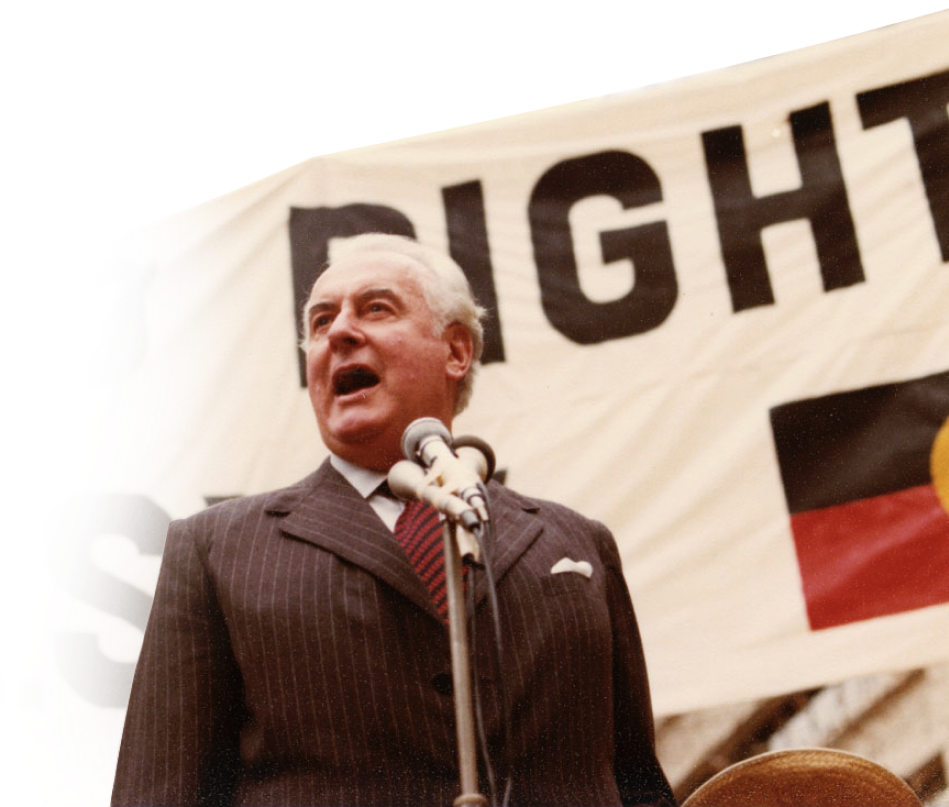- 1916
- 1920
- 1930
- 1940
- 1950
- 1960
- 1970
- 1975
“Nothing in politics grows in a vacuum...
I realise I am but a child of my age.” — Gough Whitlam
As a young man, Gough Whitlam absorbed the radical social, economic and political changes that surrounded him, and translated these new thoughts and ideas into a vision for an independent Australian identity. Whitlam’s early experiences became enshrined in the progressive policies he enacted as Australia’s 21st Prime Minister.
Today, it’s easy to assume Australia has always enjoyed free healthcare, a vibrant multicultural society, access to education, and recognised the importance of equality. And yet, what we take for granted today are all part of the hard-won reforms Whitlam adopted when elected in 1972.
Throughout his lifetime, Whitlam was sensitive to the experiences and hardships of others and aware of his privileged upbringing. He was open to new ideas, thinkers, artists and intellectuals and looked towards what he called the “verdant vista of the new”.
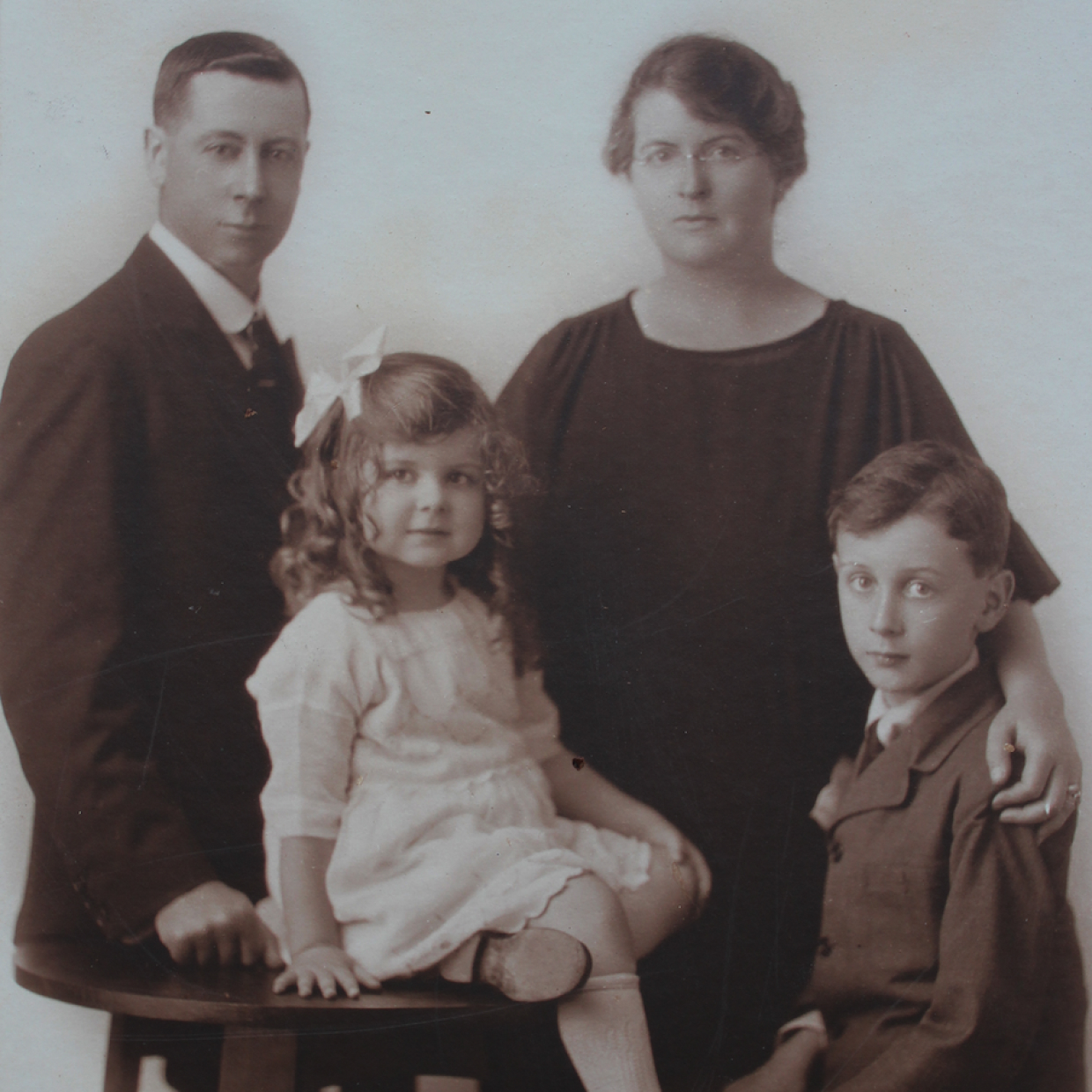
A fortunate early life
Gough Whitlam’s wicked wit, deep voice and brilliant vocabulary were formed during his early years.
11 July 1916
Edward Gough Whitlam born in Kew, an upper middle-class suburb of Melbourne.
January 1918
The Whitlam family moves to Sydney, first living in Mosman.
1925 – 1927
Whitlam attends Sydney's Knox Grammar School.
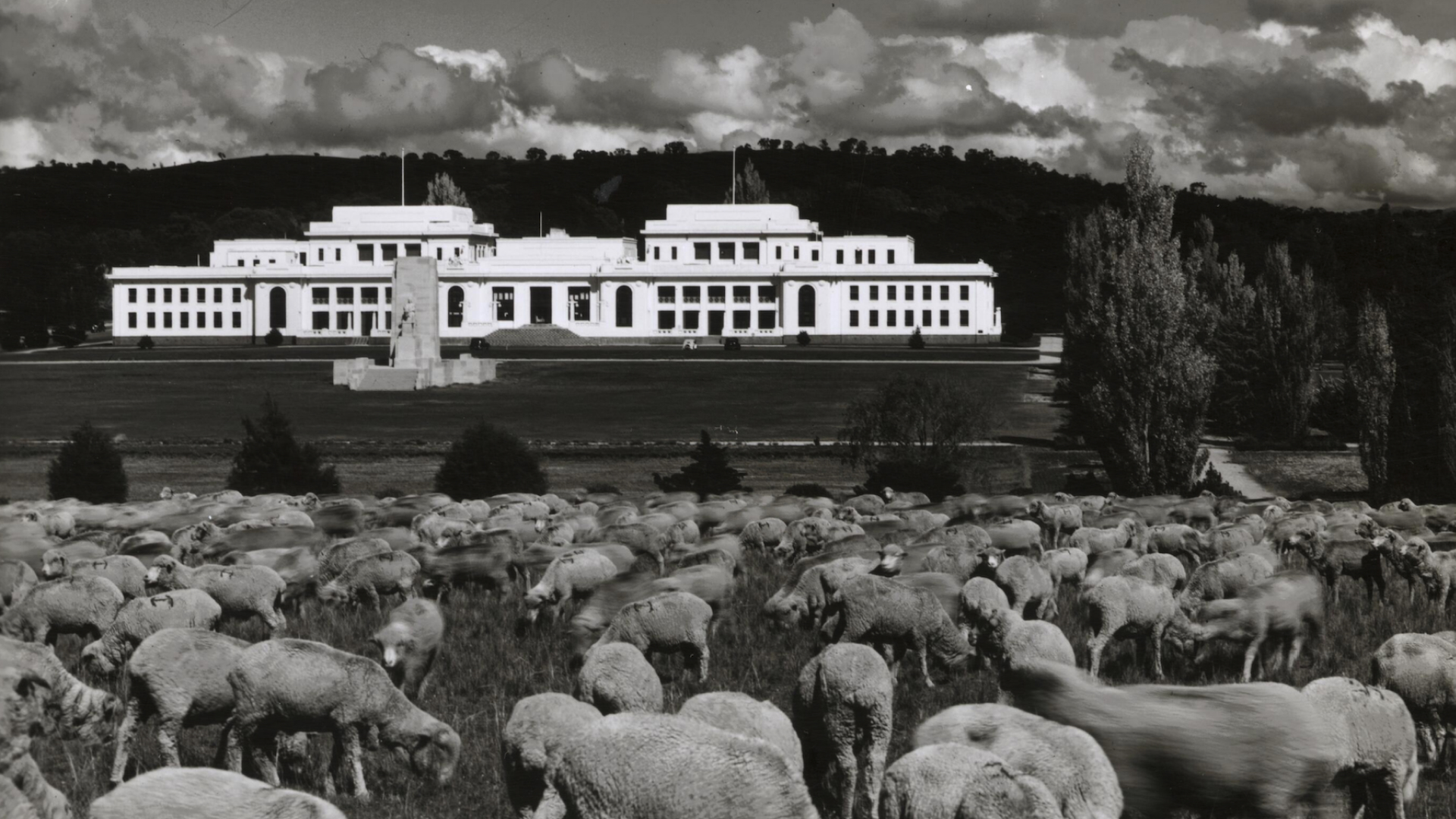
Canberra: A new capital for a changing nation
Whitlam grew up in the sparse early settlement of Canberra, with a small population and a big democratic vision.
1927
Fred Whitlam, Gough’s father, is promoted to Assistant Crown Solicitor.
January 1928
The Whitlam family moves from Sydney to Canberra.
A gifted mind
Gough Whitlam’s school years, in both the private and public systems, nourished his passion for learning and shaped his outlook on education.
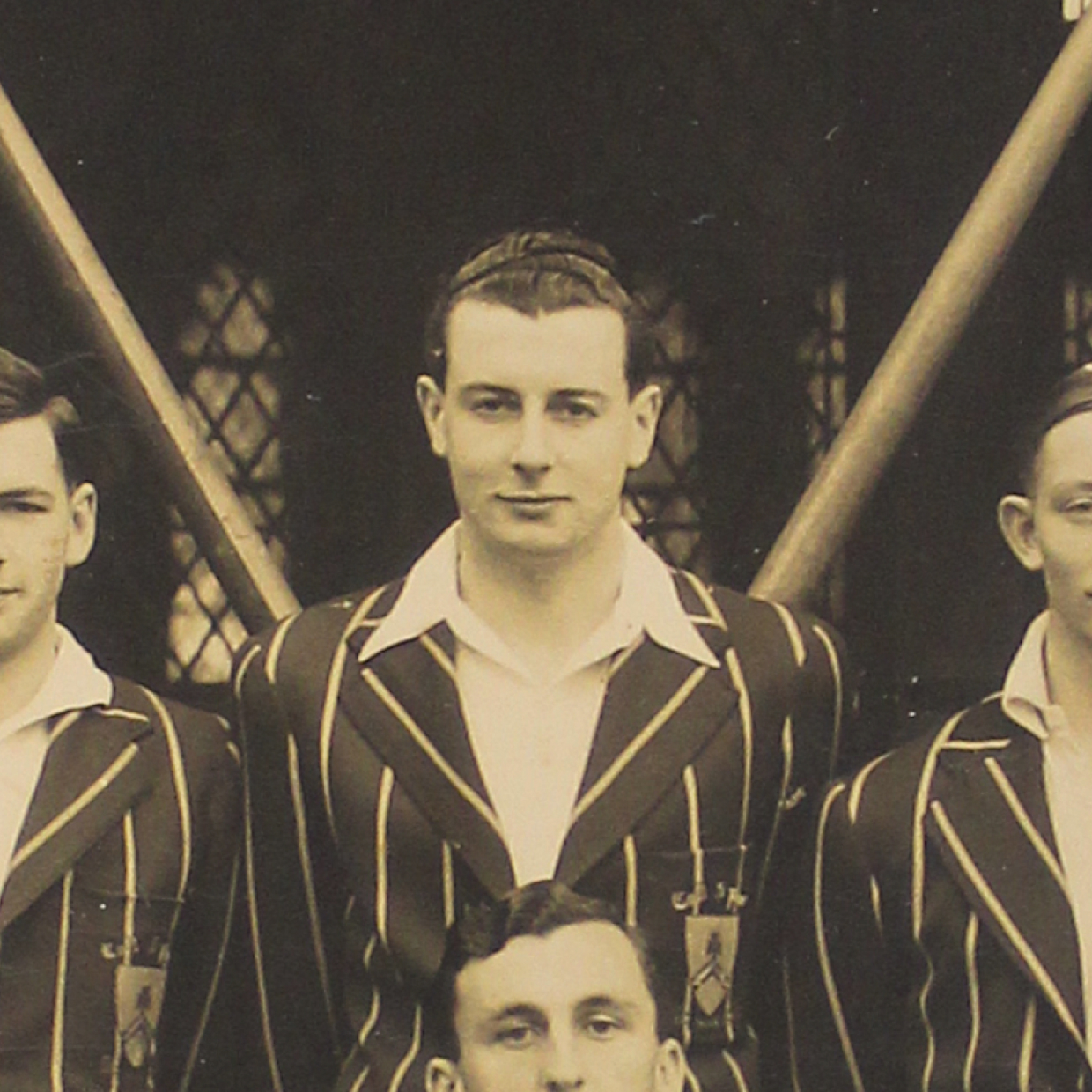
1928 - 1931
Whitlam attends Telopea Park School in Canberra, his first experience of public education.
1932 - 1934
Whitlam awarded dux of Canberra Grammar School three years in a row.
1935
Whitlam wins a scholarship to the University of Sydney.
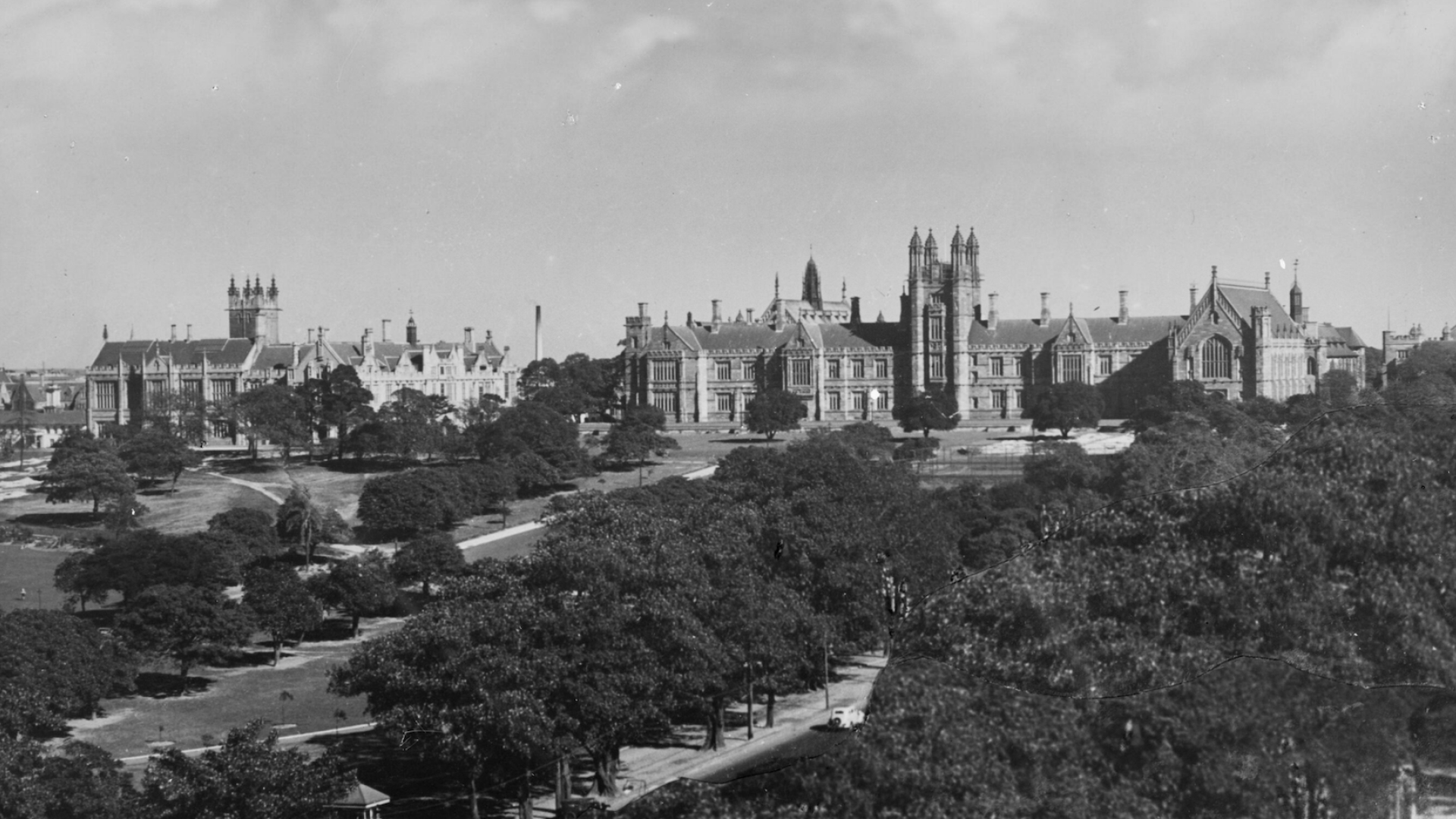
Higher
Education
Education
Whitlam was of the fortunate few to experience tertiary education. His university years were an opening to a world of new opportunities, yet fraught with enduring threats of war.
1 September 1939
Germany invades Poland, igniting the Second World War.
1 October 1939
At 23 years old, Whitlam joins the Sydney University Regiment of the Army.
December 1939
Whitlam meets his wife-to-be, Margaret Dovey, at the Sydney University Dramatic Society’s Christmas party.
8 December 1941
The day after the attack on Pearl Harbour, Whitlam registers with the Royal Australian Air Force (RAAF).
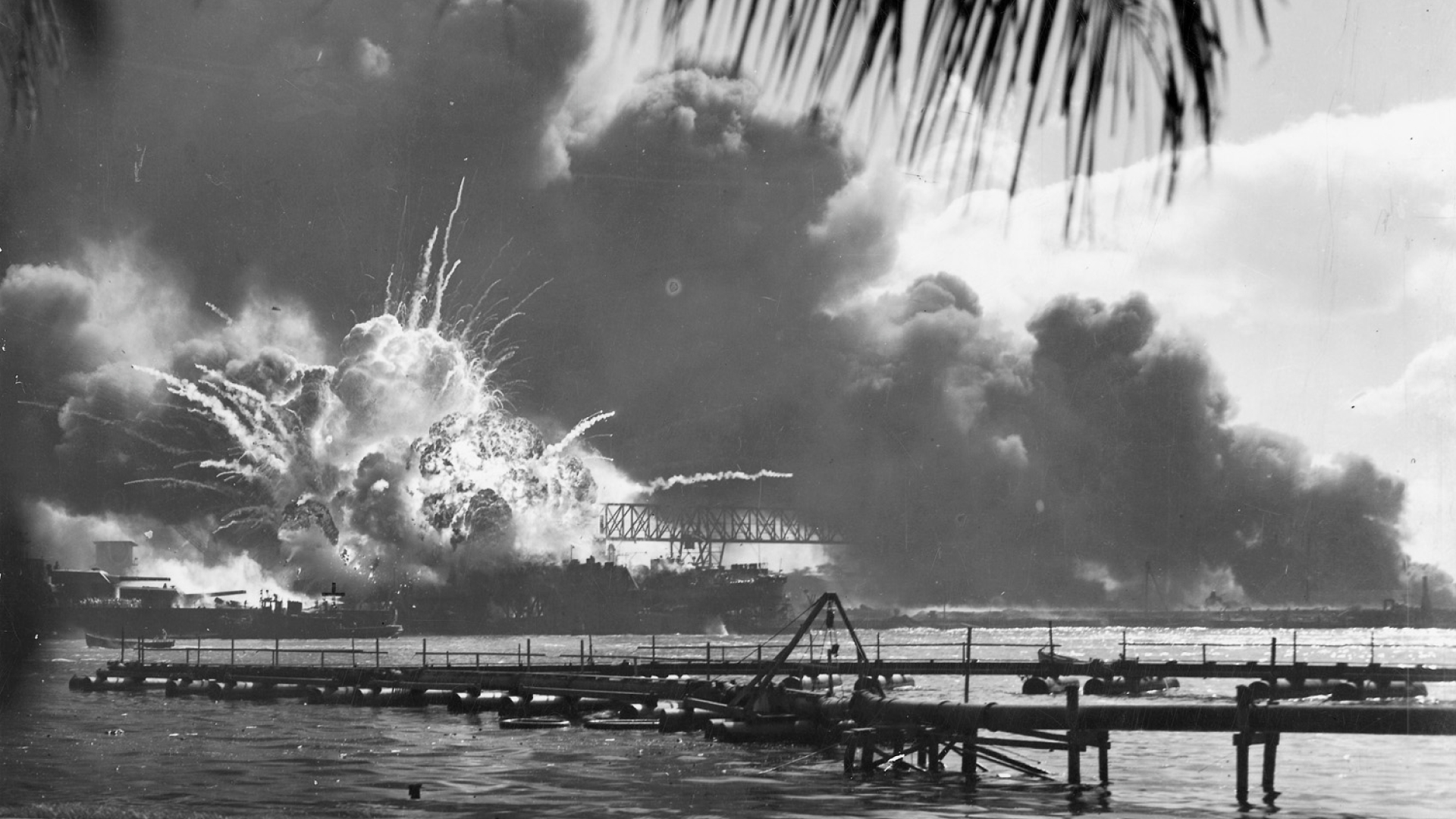
Surviving in one piece
Leaving behind the safety and security of his younger years, Gough Whitlam joined the war effort.
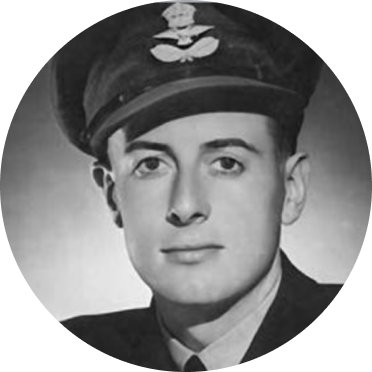
1942
Whitlam suspended his studies for four years to serve in the RAAF as a navigator.
22 April 1942
Gough and Margaret marry at St Michael's Anglican Church in Vaucluse.
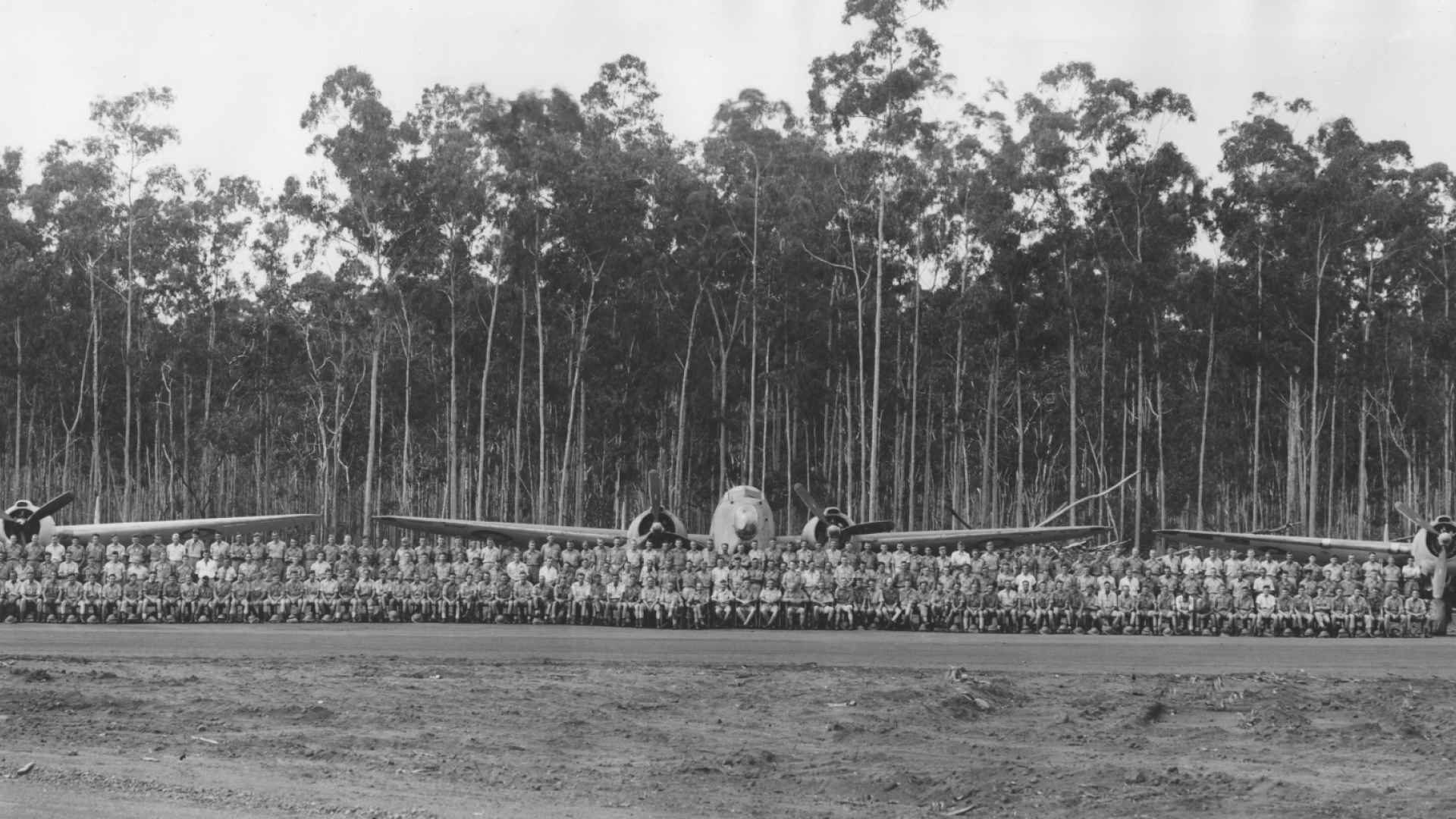
War in the Pacific
No longer at the periphery of the global conflict, Australia joined the war, dramatically changing the course of millions of Australians’ lives, including Whitlam’s.
May 1942
Whitlam deployed by the RAAF just weeks after his wedding.
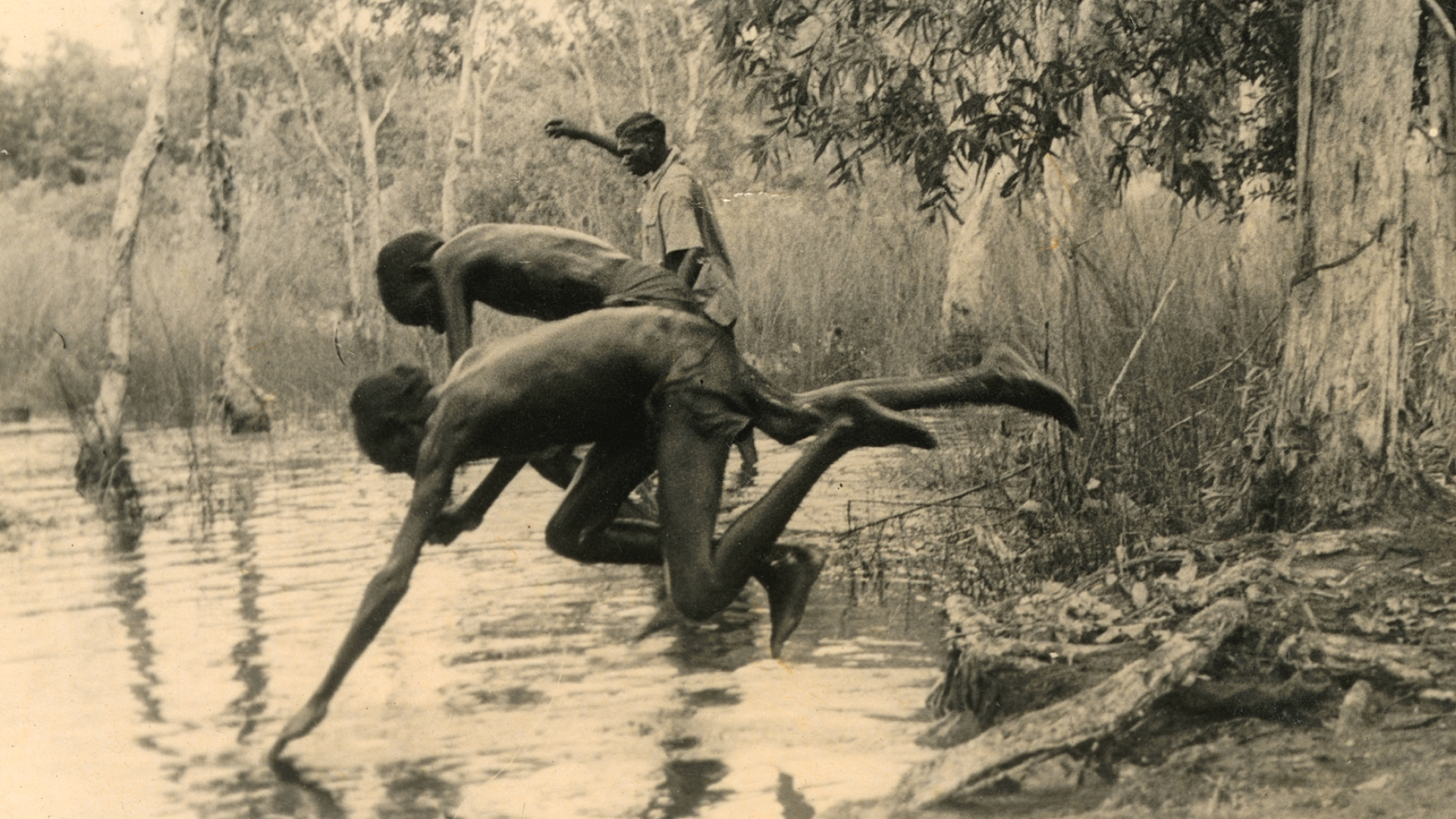
Indigenous injustice
Whitlam comes face to face with injustice in Australia.
1944
Whitlam stationed in Gove and Yirrkala in the Northern Territory, sees first-hand the racism and injustice faced by First Nations peoples.
1944
The Curtin Labor Government’s post-war referendum awakens Whitlam's political consciousness and ignites his life-long passion for constitutional reform as an instrument of social progress.
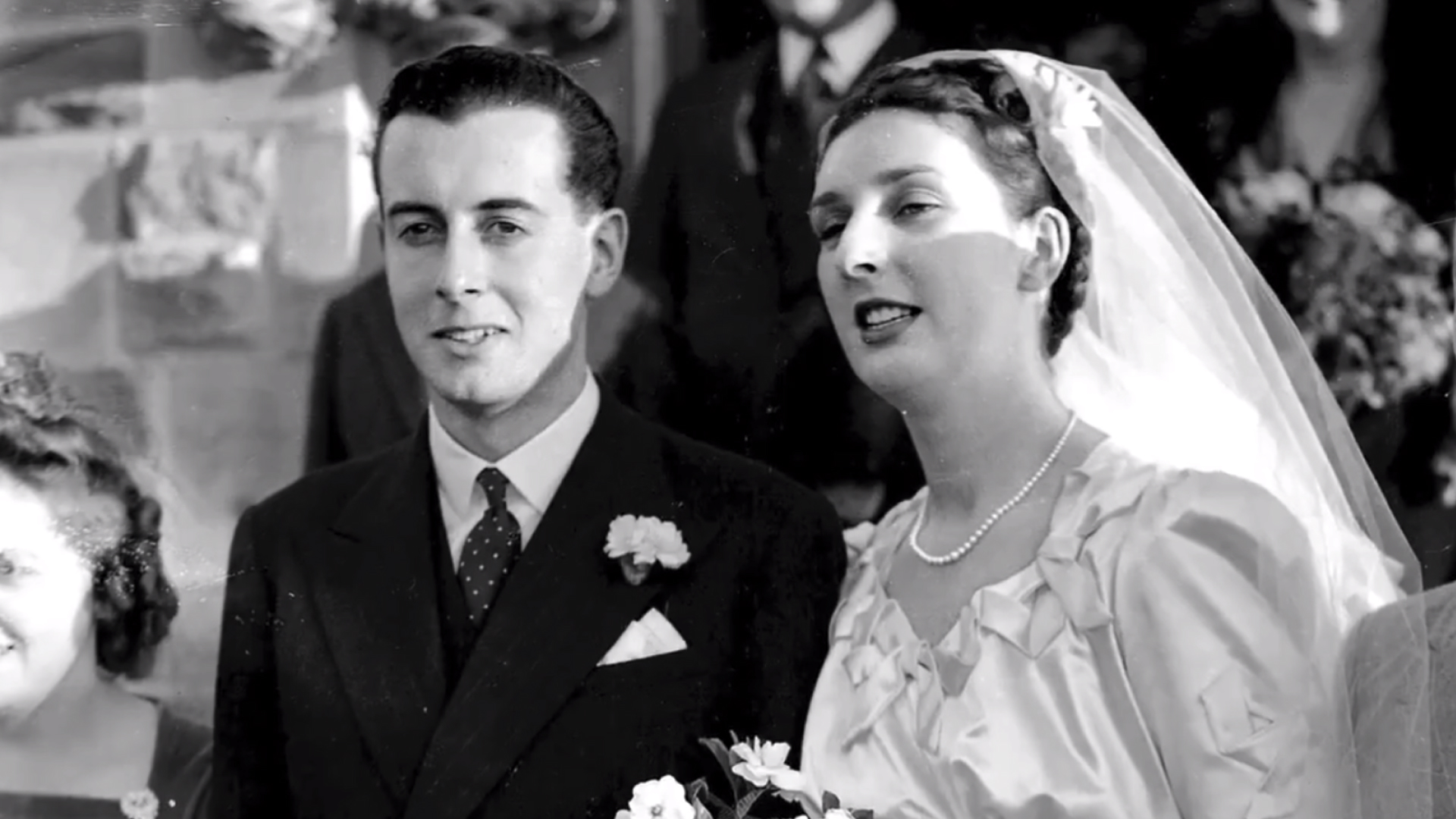
“My finest appointment”
Whitlam met his match in Margaret Dovey in December 1939, marking the start of a romantic, complementary partnership that would go on to help change Australia.
1944 - 1945
Margaret gives birth to their first two children: Antony and Nicholas, while Whitlam is deployed on active duty.
End of the empire
War exposed Australian servicemen and women to the disempowering effect of colonialism on many countries, recalibrating public support for the existing global order.
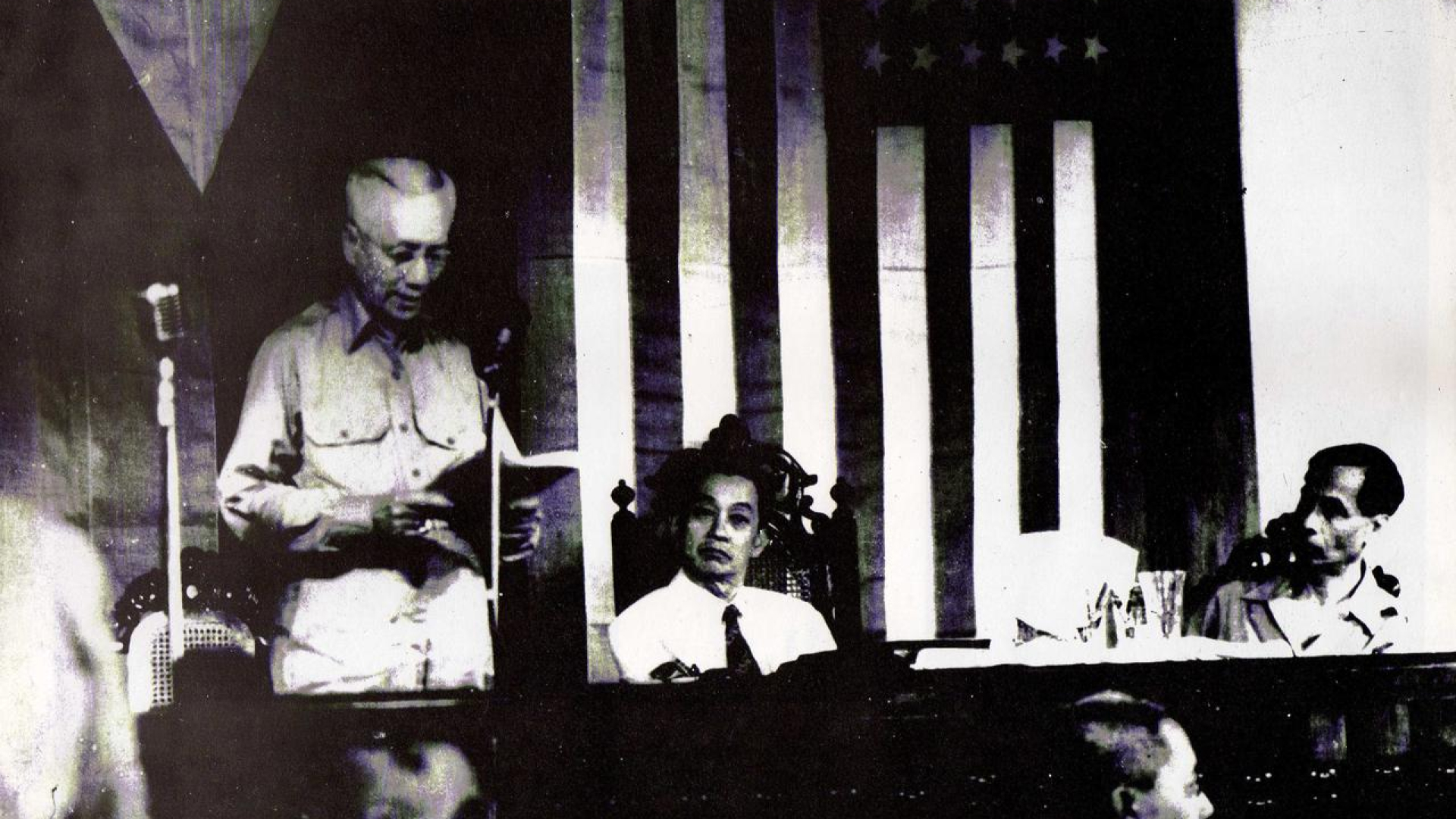
1945
Returning from his tour of duty in the Pacific, Whitlam begins to question Australia’s colonial ties and foreign policy.
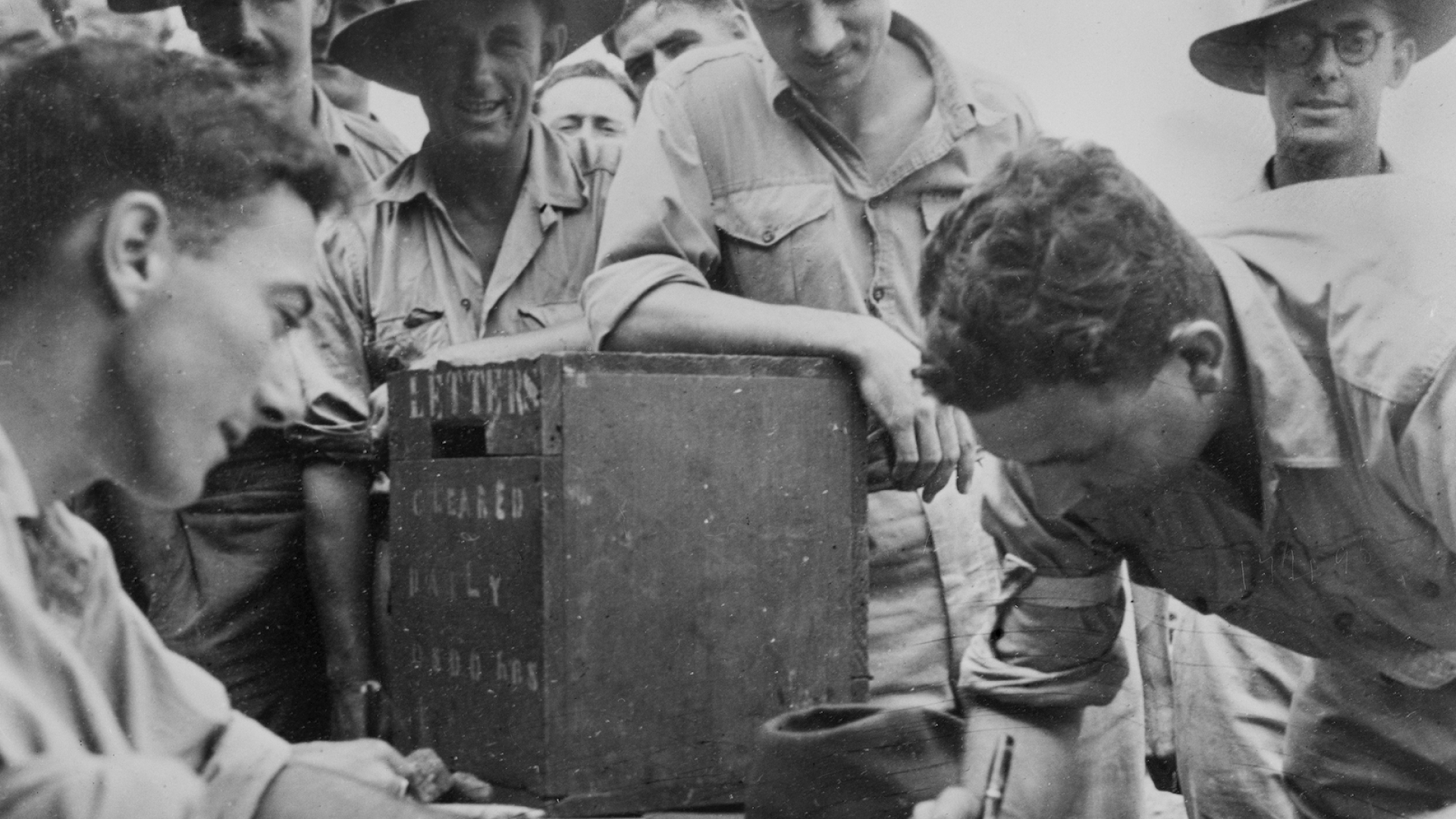
A fair go for Australia
Whitlam commences campaigning and soon confronts the constitutional obstacles to progressive reform.
8 August 1945
Whitlam joins the Australian Labor Party.
1946
Whitlam graduates from the University of Sydney with a Bachelor of Arts (majoring in Classics) and a Bachelor of Laws.
1947
Whitlam begins practising as a barrister representing clients referred to him by the NSW Legal Service Bureau.
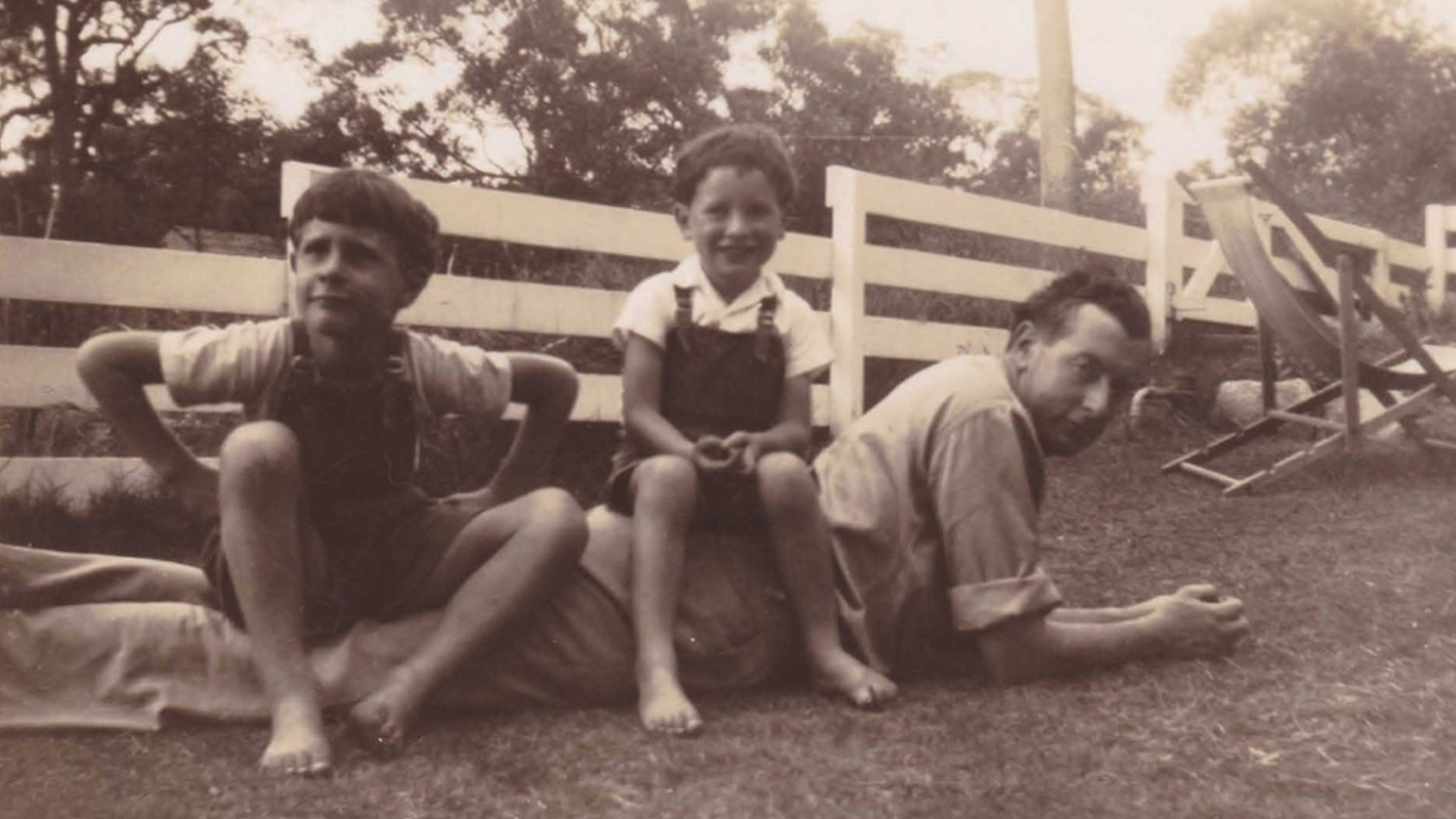
Life in the suburbs
The end of the war saw servicemen and women try to re-establish the lives they had left behind.
29 November 1952
Gough Whitlam wins the by-election in Werriwa and enters federal parliament.
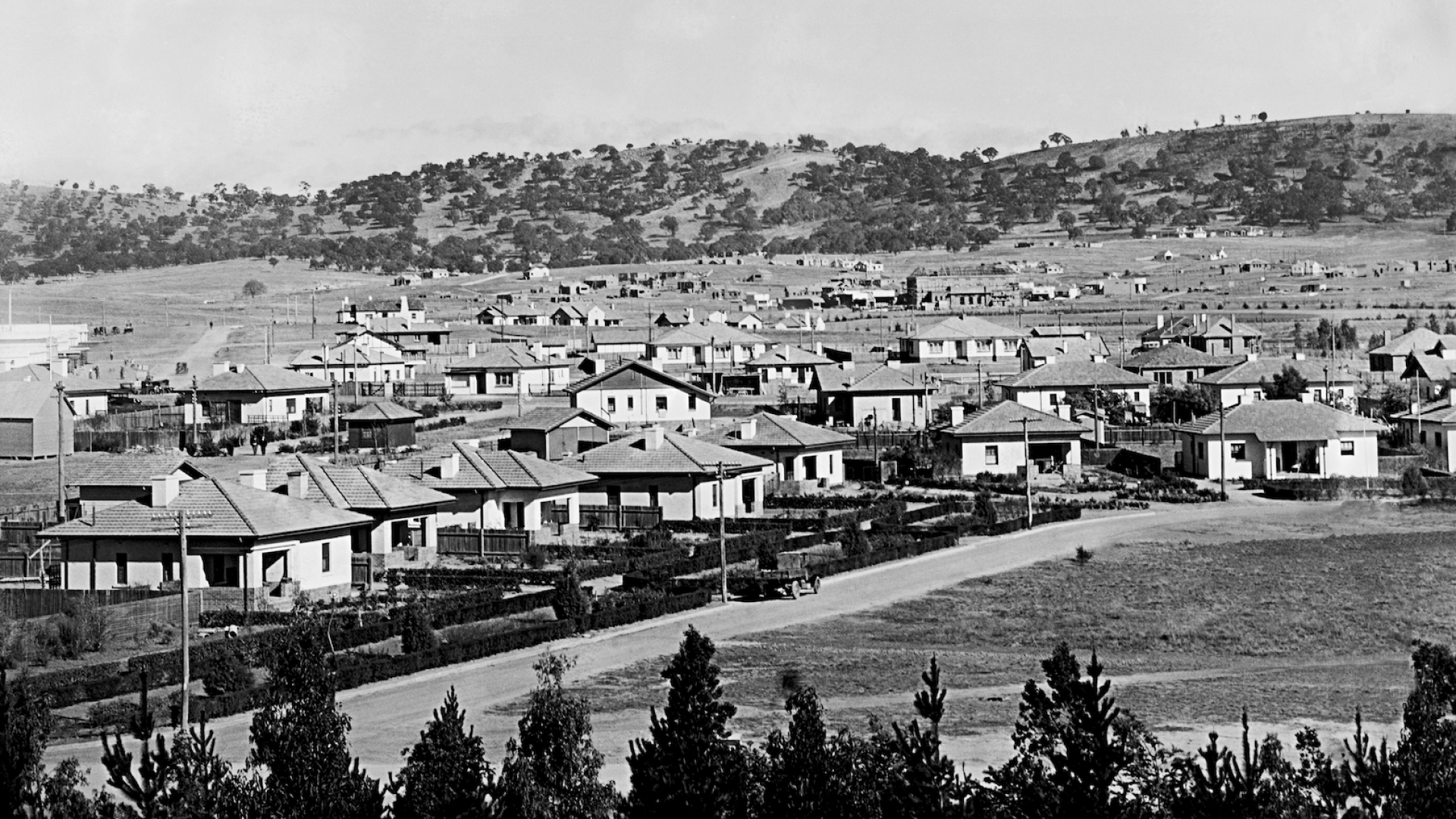
Post-war suburban sprawl
In post-war Australia, cities experienced suburban sprawl, cutting many Australians off from access to essential services and well-served standards of living.
1957
The Whitlams move from Cronulla out to Cabramatta, in the western suburbs of Sydney.
Multicultural Australia
The Whitlams joined millions of families in the outer suburbs, which became the heart of Australia’s emerging Multicultural society.
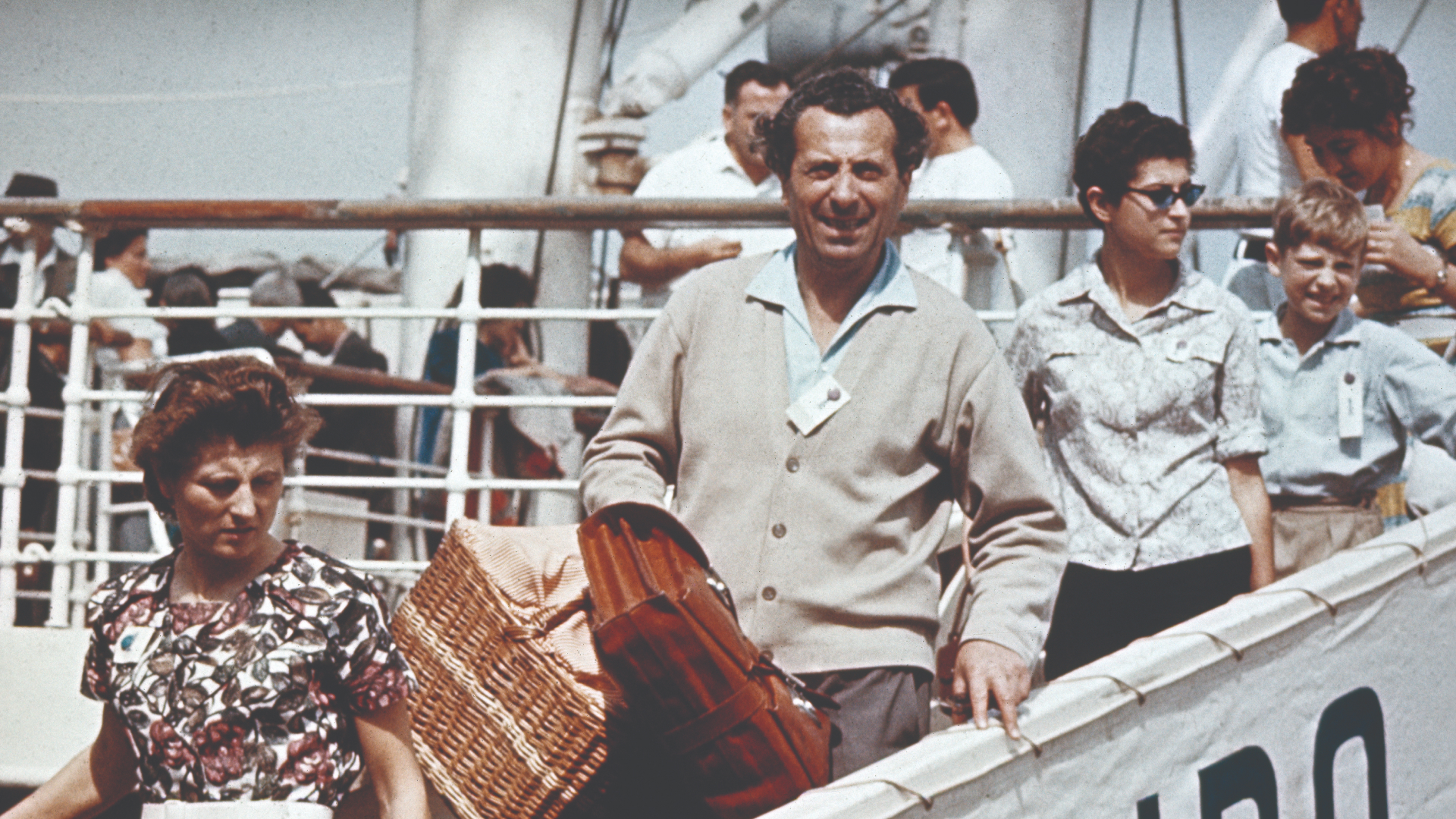
1957
The Whitlams connect to the multicultural community in western Sydney.
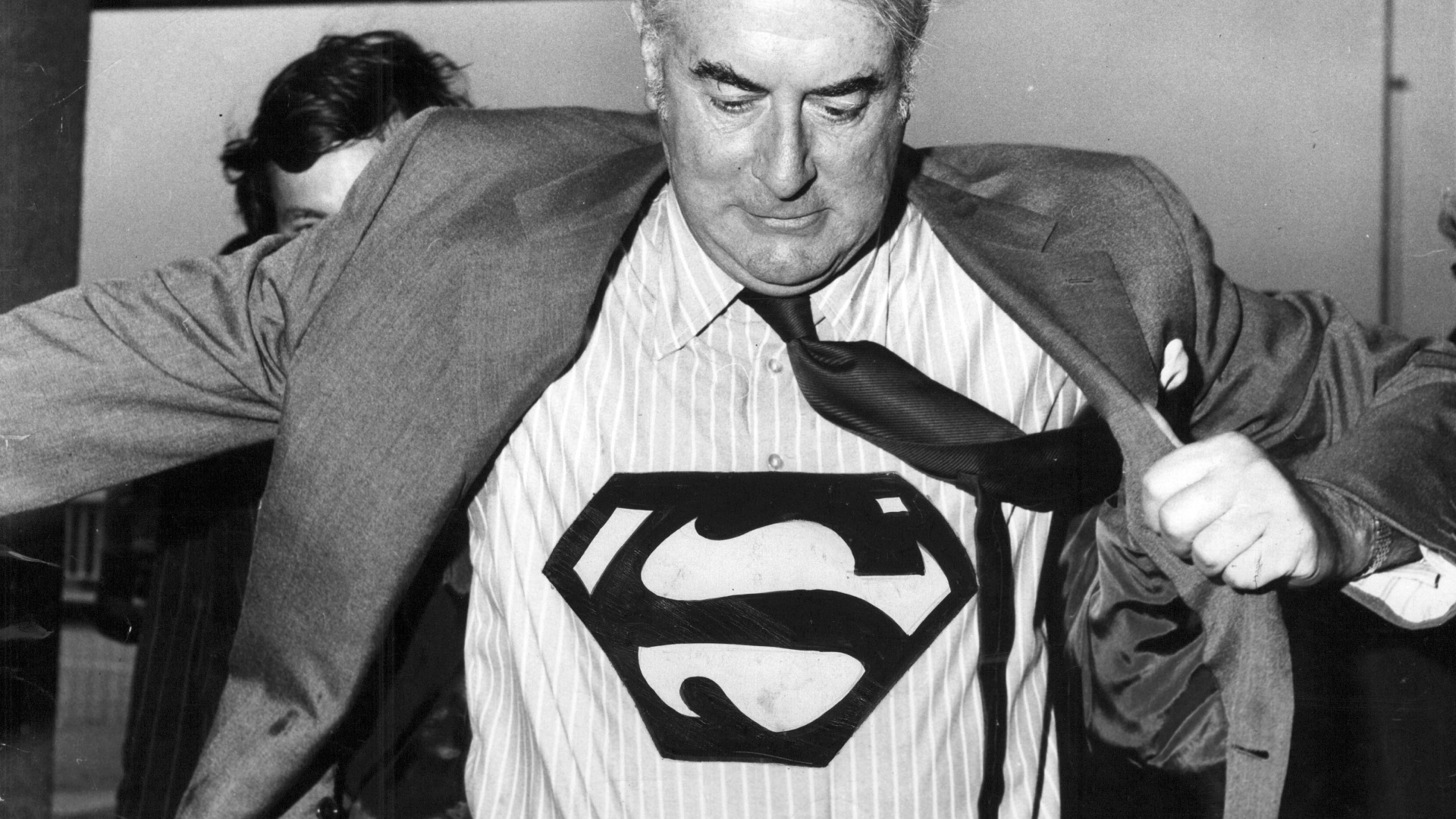
A leader for a changing Labor Party
Whitlam rose to power in the Labor Party despite, or perhaps because of, a period of exceptional political and social upheaval.
1960
Whitlam becomes Deputy Leader of the Labor Party.
1967
Whitlam elected Labor leader and sets
about reforming policy platform and structure.
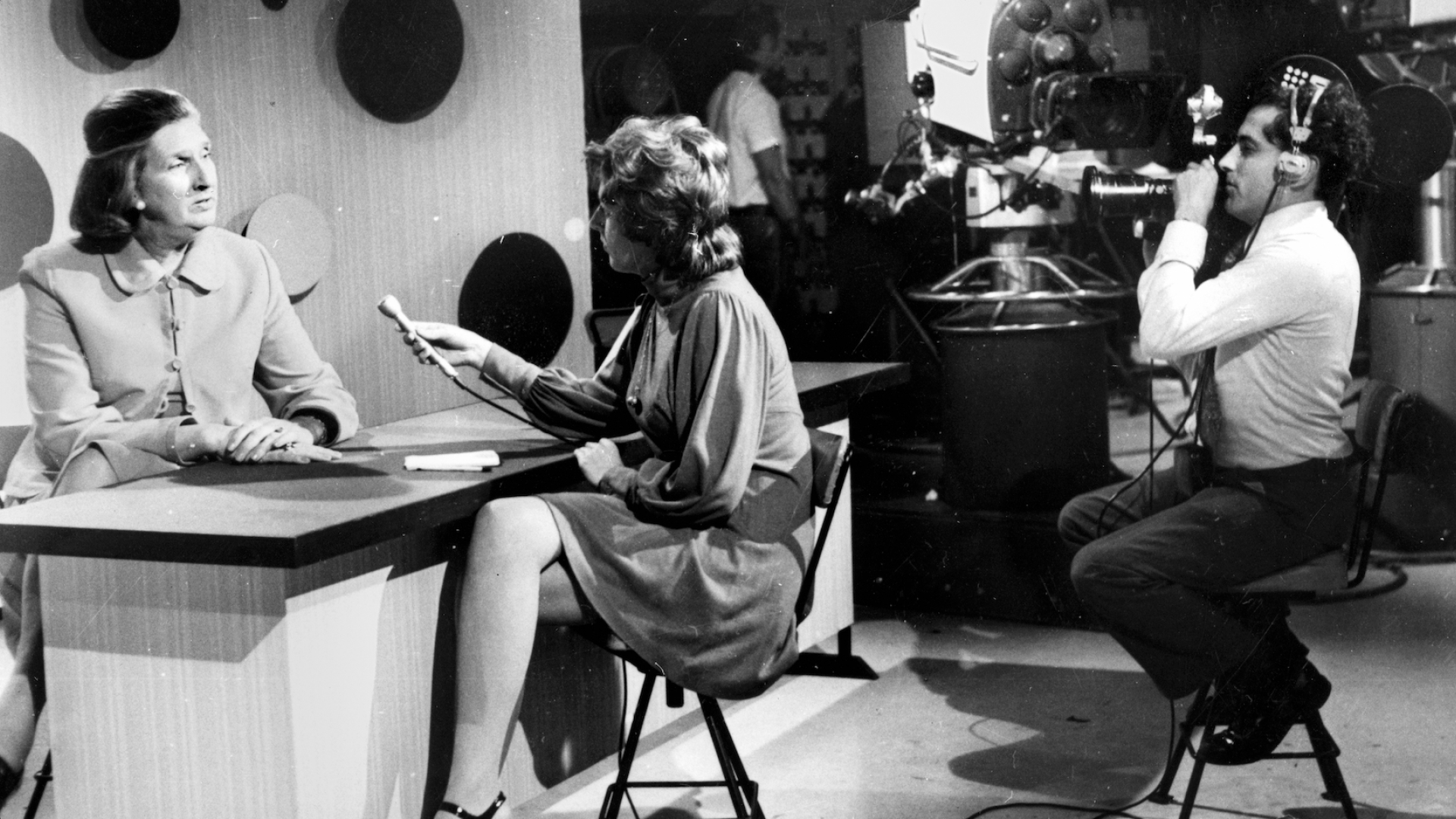
It is feminine to think
As an empowered, independent female public figure, Margaret Whitlam came to symbolise the changing place of women in Australian society.
1968
Margaret Whitlam becomes an outspoken advocate for women’s issues.
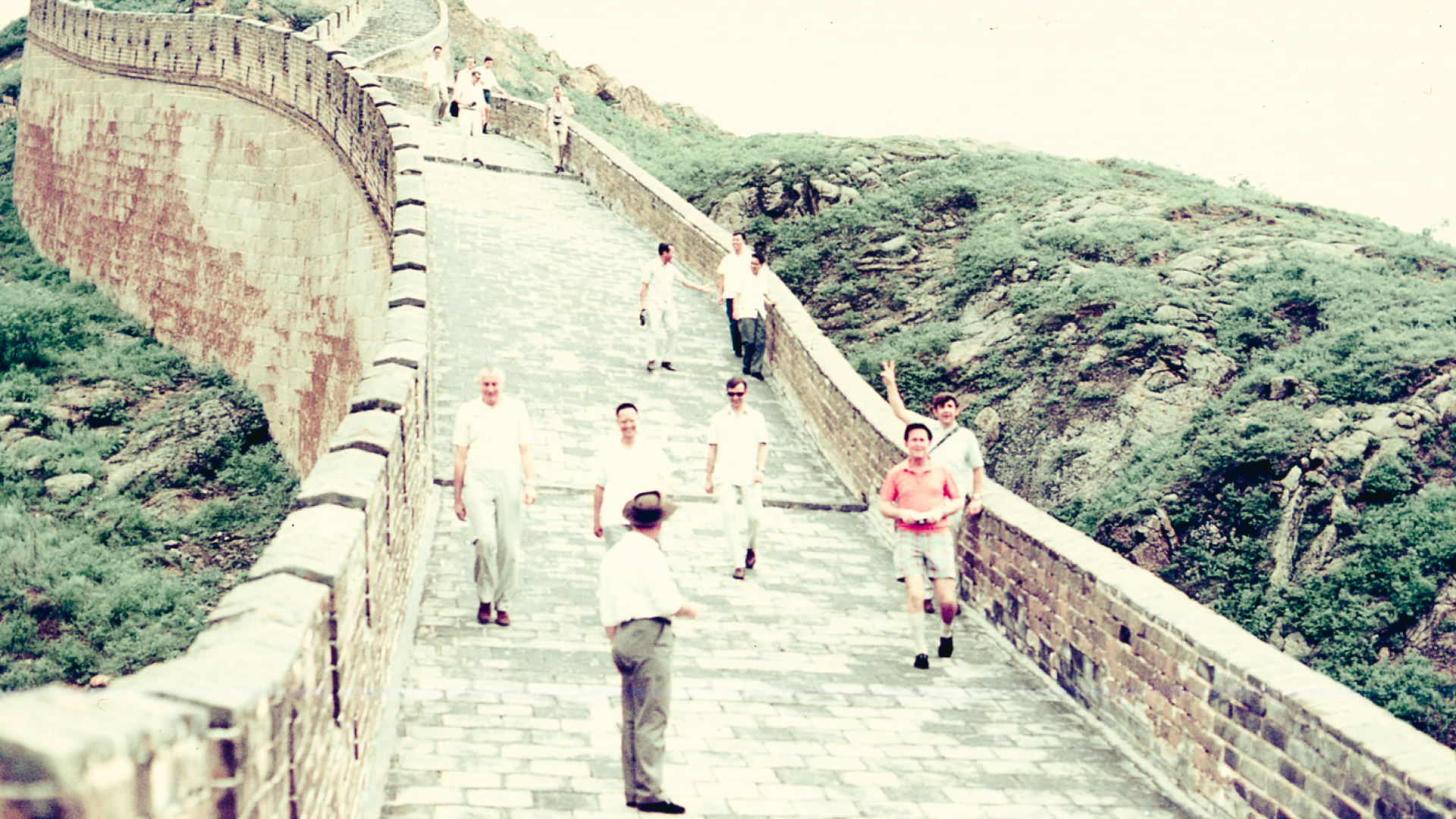
Foreign Relations
Whitlam reimagined Australia’s place in the world by forging secure relationships within our own region, and developing an independent identity.
3 July 1971
Whitlam lands in Beijing on a historic trip to begin establishing diplomatic relations with the People’s Republic of China.
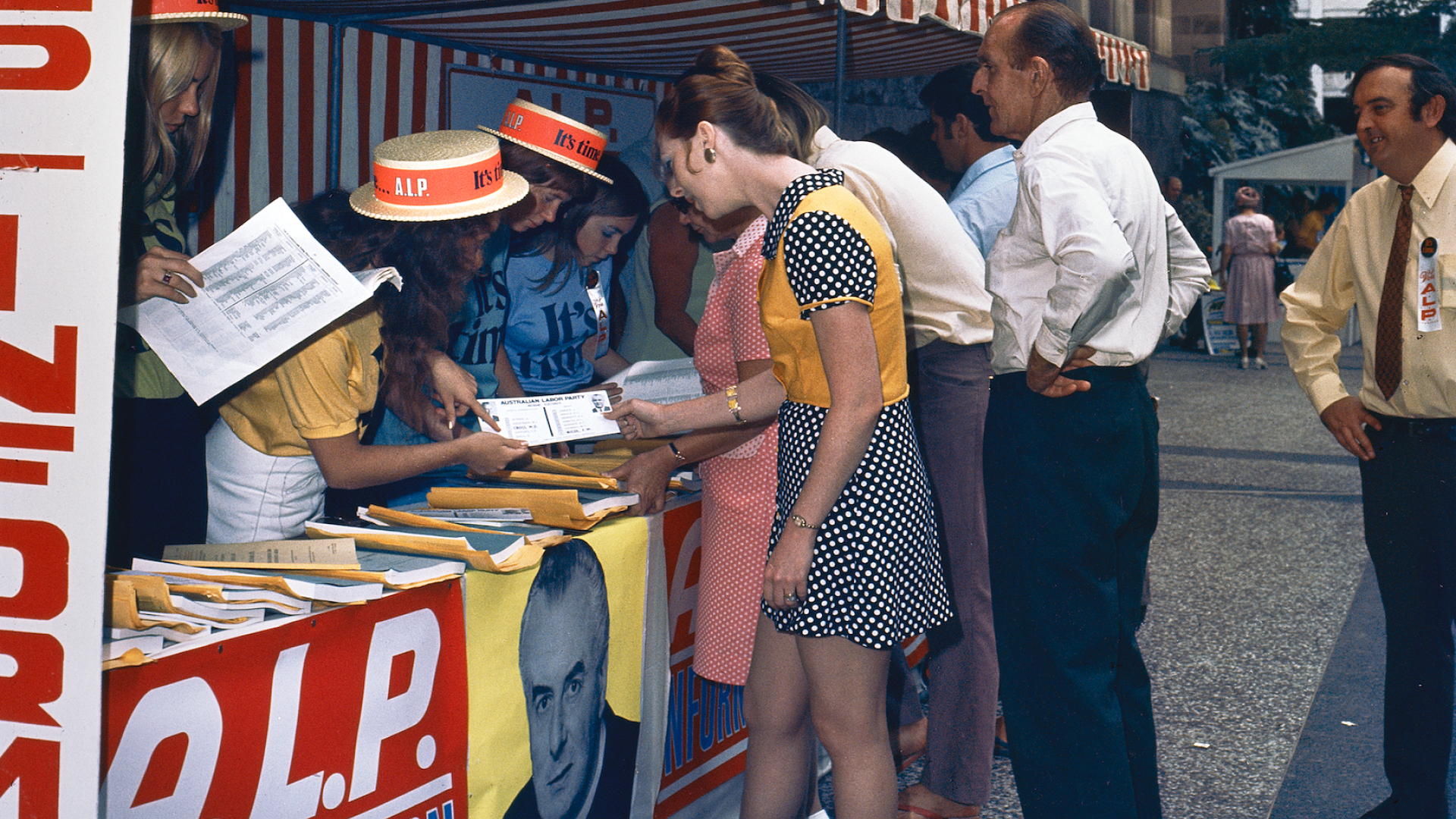
It’s Time
Capturing the Australian’s public’s imagination with the ‘It’s time’ campaign, the Labor Party, led by Gough Whitlam, swept into office on 2 December, 1972, ending 23 years of conservative government.
2 December 1972
After 23 years of conservative Australian governments, Gough Whitlam is elected Prime Minister of Australia.
11 November 1975
Gough Whitlam is dismissed by the Governor-General (Sir John Kerr) as Australia faces a constitutional crisis.
31 July 1978
Whitlam resigns from Parliament.
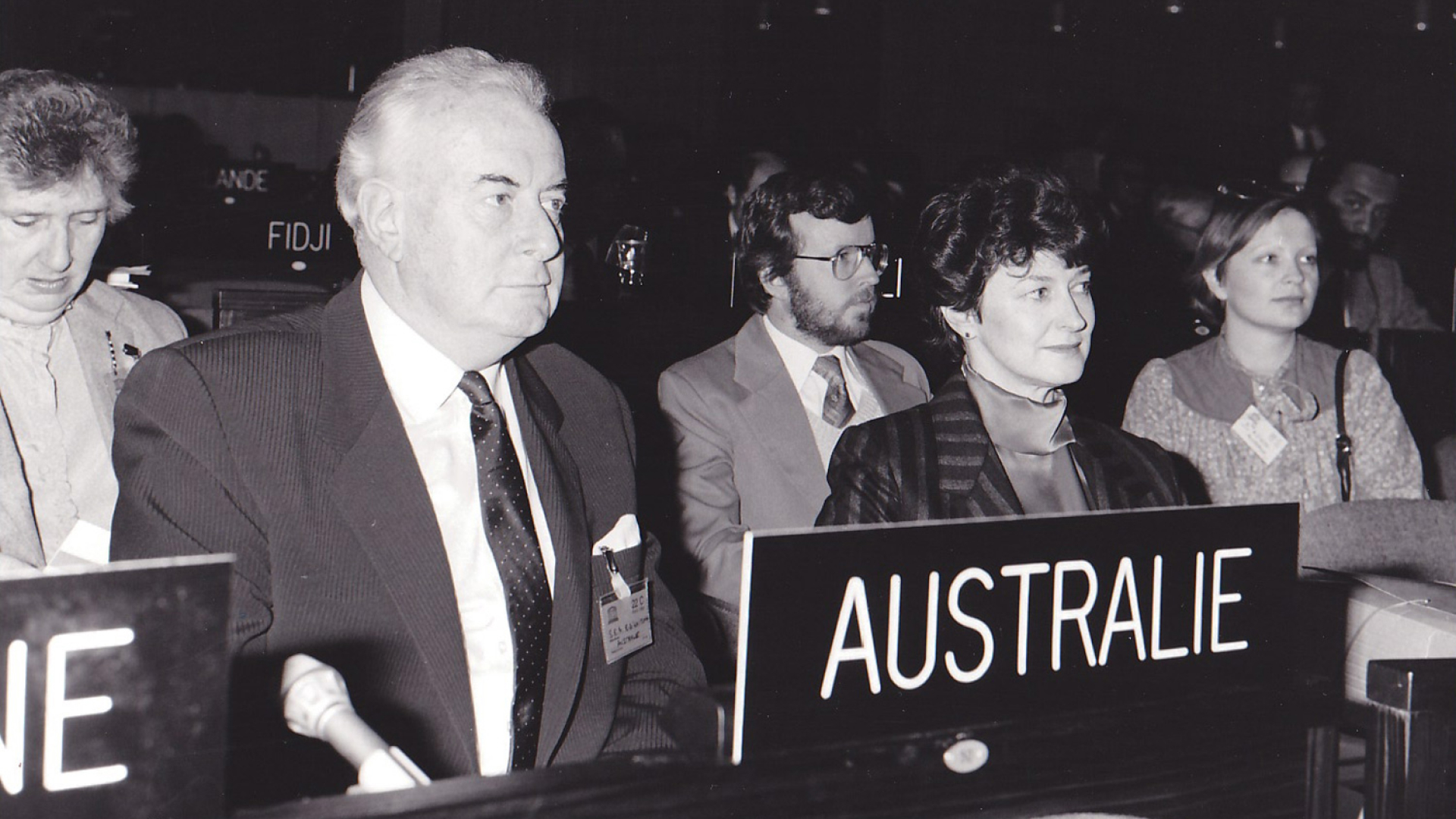
The work continues
Following his Australian political career, Whitlam joined the international political stage. Appointed prominently at UNESCO, Whitlam fought both to save the organisation and for the ongoing value and impact of international law-making on progressive national policy-making.
1978 - 1982
Whitlam accepts an academic appointment at the Australian National University in Canberra, Harvard University, and the University of Adelaide.
1979
Whitlam publishes The Truth of the Matter.
1979
Whitlam appointed Visiting Professor of Australian Studies at Harvard University.
1983
Whitlam appointed Australian Ambassador and Permanent Delegate to the United Nations Educational, Scientific and Cultural Organization (UNESCO).
1985
Whitlam becomes a member of the Constitutional Commission, and advocates for the constitutional recognition of Indigenous people and their land rights.
1986
Whitlam elected to the Executive Board of UNESCO serving as vice-president of UNESCO’s World Heritage Committee.
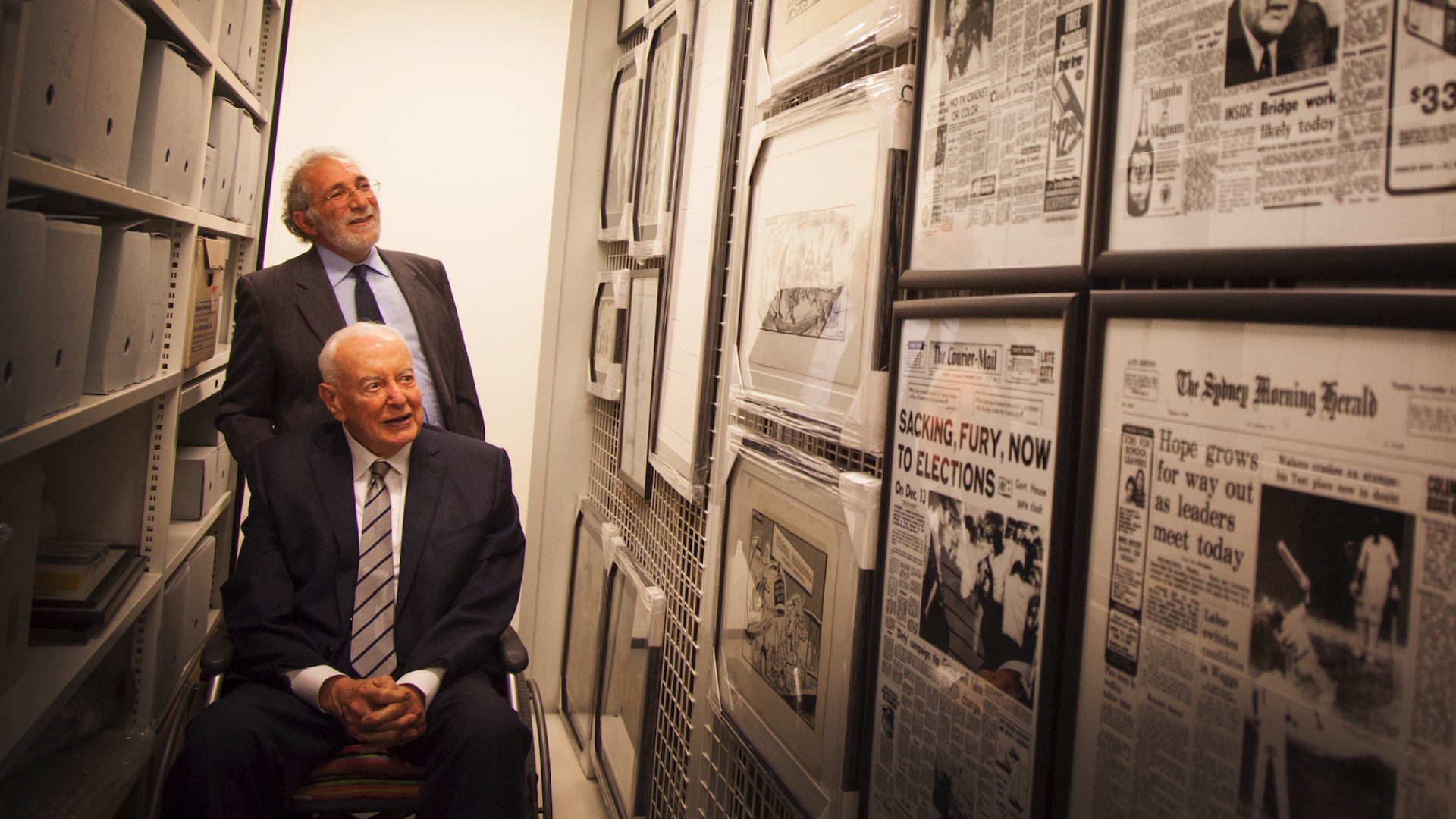
Elder Statesman
Whitlam remained actively involved in advocacy for constitutional reform following his political retirement, serving the Australian public in a wide range of roles.
1993
Whitlam and Margaret join the Sydney 2000 Olympic Games bid team to help secure the Olympics for Sydney.
2000
The Whitlam Institute within Western Sydney University is established as a Prime Ministerial archive and public policy institute to uphold the Whitlam legacy.
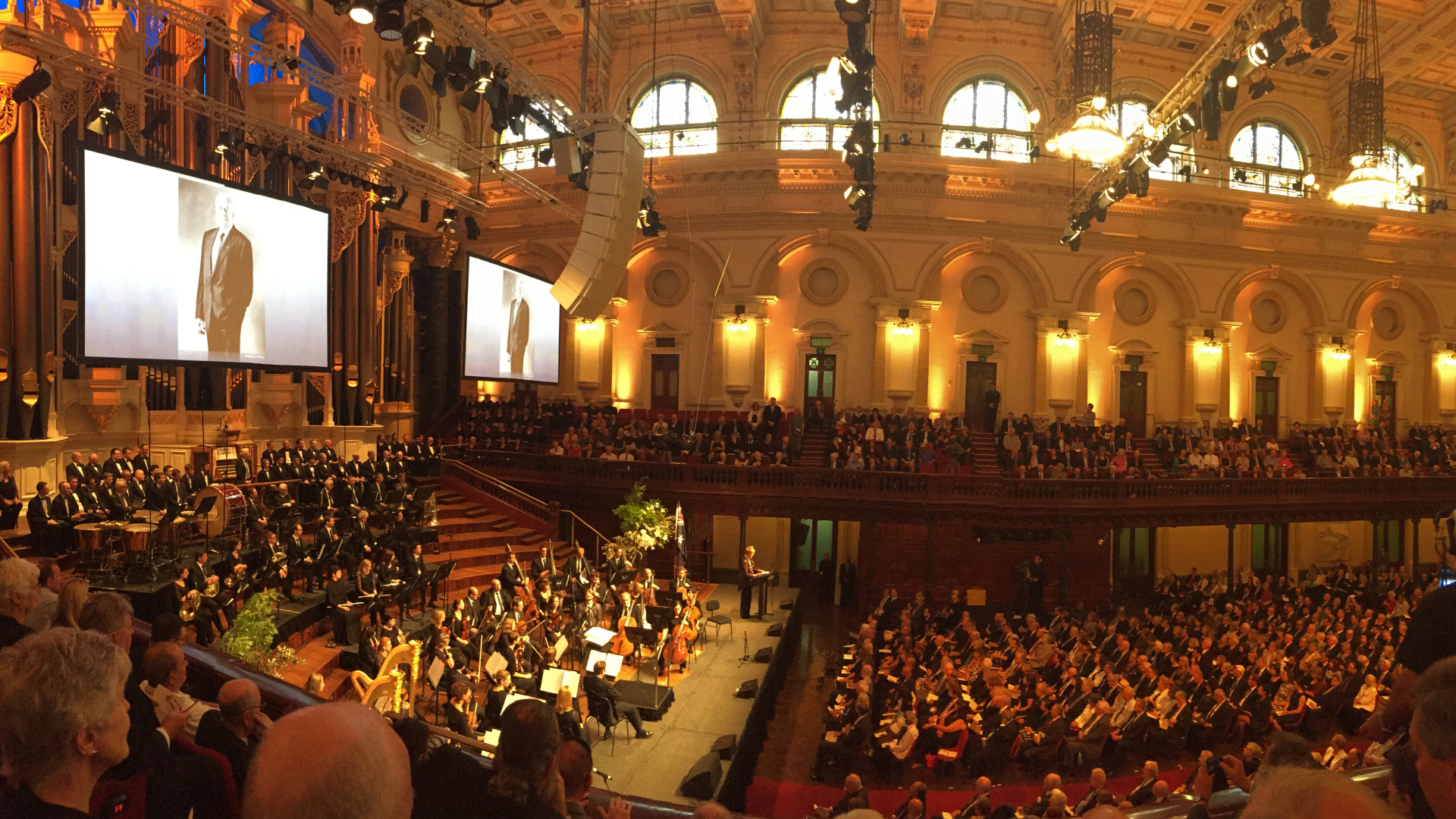
Eternal, not immortal
Australia formed Whitlam, and in turn he transformed the nation.
17 March 2012
Margaret Whitlam passes away at the age of 92.
21 October 2014
Whitlam passes away at the age of 98.
5 November 2014
Whitlam’s state memorial service is attended by 2,000 mourners. Tens of thousands of people watch the televised service outside.
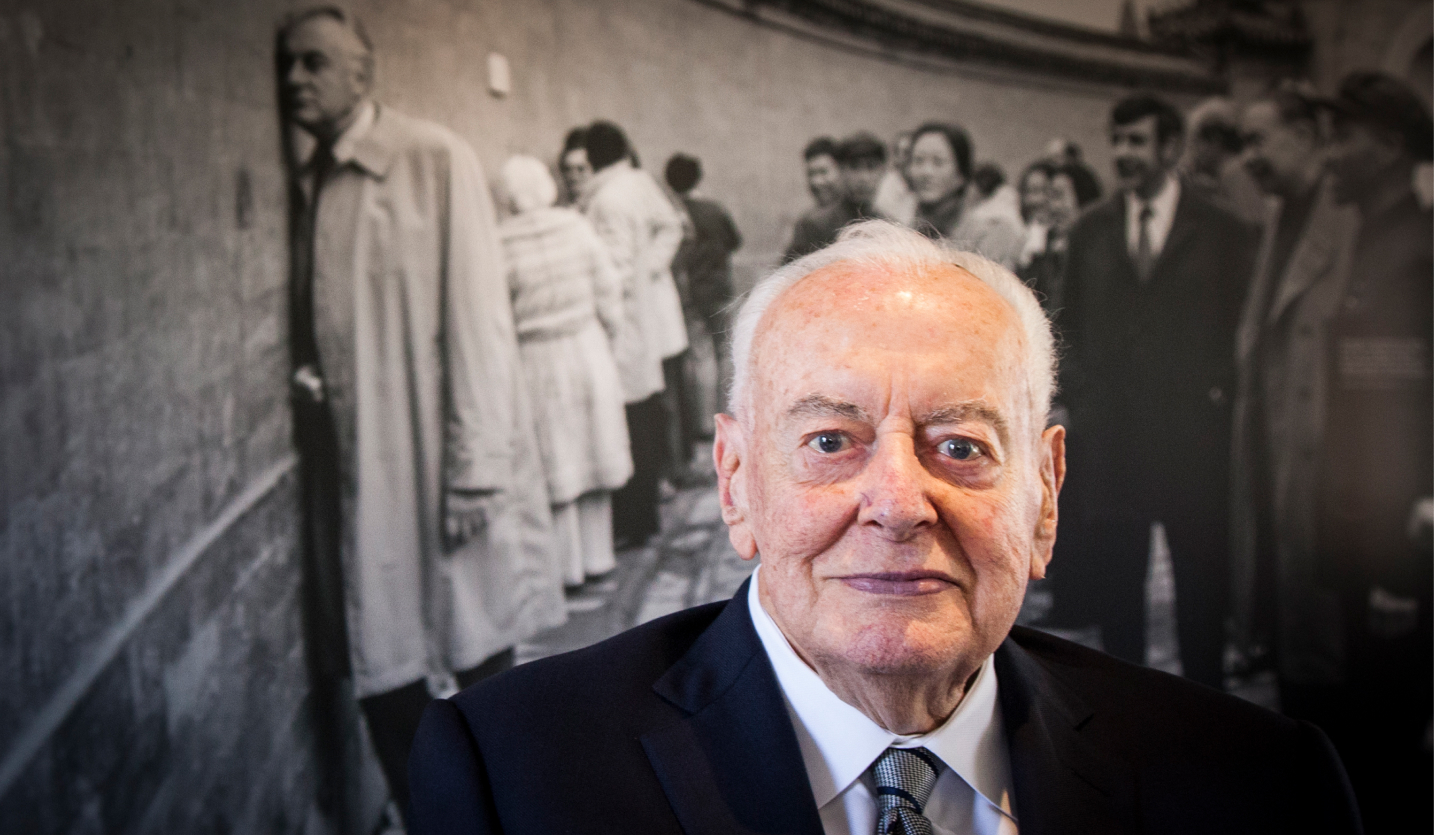
Epilogue
The Whitlam name is synonymous with political determination, reform, and visionary policymaking. He left an enduring legacy and a recognition that reform is constant, and that progressive change must be driven and informed by the lived experience of the Australian people.

